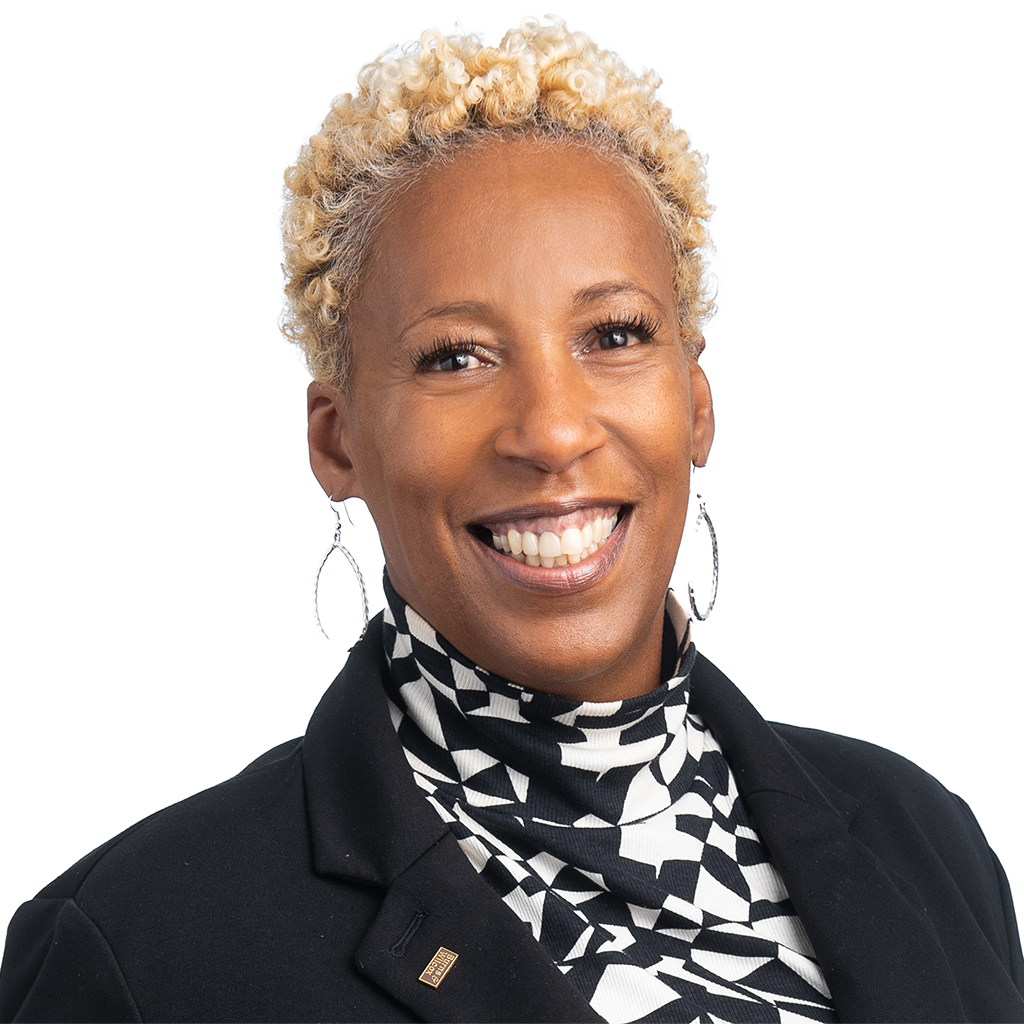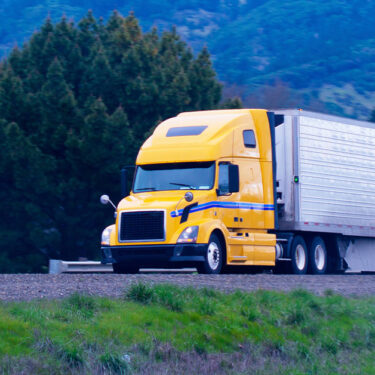Boxes of french fries spilled onto Interstate 15 in Provo, Utah, on June 18 after a semi-truck hit a light pole on the median and overturned. The driver suffered minor injuries in the crash, which temporarily shut down four southbound lanes and two northbound lanes as fries and packaging debris were strewn across both sides of the interstate, Fox 13 in Salt Lake City reported.
Featured Solutions
“Typically with food, if there is even the remotest possibility of some adverse exposure to the product, the entire load has to be disposed of,” he said. “The value of french fries is not likely to be significant, but if they were carrying something that happened to be worth $250,000 or $500,000 and they only had $100,000 in Motor Truck Cargo Insurance, they could find themselves in a bad position.”

The value of french fries is not likely to be significant, but if they were carrying something that happened to be worth $250,000 or $500,000 and they only had $100,000 in Motor Truck Cargo Insurance, they could find themselves in a bad position.
The transportation company would also be responsible for cleanup costs, which could be covered by the same policy, said John McGlynn, Director, Transportation, Burns & Wilcox, Toronto, Ontario. “Having the appropriate insurance for the cargo and the debris cleanup would be important,” he said.
Paying for damage to vehicle, highway
The cause of the Utah crash is still under investigation, according to reports. The trailer’s metal frame was torn in the accident and pieces of it were seen hanging over a median wall, KSL News Radio reported. In addition to cargo losses and cleanup costs, a transportation company involved in this type of incident could also be held liable for any third-party injuries or property damage, including damage to the highway.
“The company will usually end up having to pay for any property damage to the sign or the concrete center divider,” Cain explained. “Usually, the Department of Transportation will fix it and send a bill.”
These costs could be covered by Truckers Auto Liability Insurance, while the cost of repairing the truck and trailer would fall under Auto Physical Damage Insurance. In instances where an accident causes a pollution event, a separate Transportation Pollution Liability Insurance policy is generally needed.
Some trucking accidents could even destabilize parts of a roadway, increasing the risk of injuries and the potential costs of a claim. In Pickering, Ontario, on June 20, a fuel tanker hit the center wall under a bridge overpass and sparked a “massive fireball” that killed two individuals and shut down the highway for cleanup and a structural engineering review, Global News recently reported.
“What started as a single-vehicle accident morphed into something else,” McGlynn said of the recent fuel tanker accident. “The integrity of the road and the integrity of the underpass is now being reviewed. Even if a guardrail is damaged, all of those bills for third-party property damage would be billed back to the trucking company.”
Dash cams can help determine fault
According to a 2022 report from the U.S. Federal Motor Carrier Safety Administration, 12.8% of the country’s fatal crashes and 8.4% of nonfatal crashes in 2020 involved at least one large truck or bus. In Canada, 22% of fatal roadway accidents in Ontario involved transport trucks as of July 2022, an increase of 40% from the previous year, CTV News reported at the time.
On June 15 in Manitoba, Canada, 15 individuals were tragically killed and 10 more were injured after a bus taking senior citizens on a casino trip hit a semi-trailer truck, NPR reported. The tragic accident remains under investigation, but video footage from the semi-truck reportedly showed that it had the right of way when the bus crossed the highway, according to a CBC report.
“They did determine that the bus driver was at fault, and that was the result of the truck having a dash cam,” McGlynn said. “Having evidence of responsibility is essential. Many individuals would immediately look at the truck driver as the problem. As more and more firms adopt dash cams and other types of technology that provide evidence of what happened, there will be fewer questions in situations where lives are lost and there are serious damages as a result of a tragic event.”
The crash in Manitoba also raised traffic concerns that could need to be addressed moving forward, McGlynn noted. “Besides being absolutely tragic, there may be some road safety issues that need to be investigated with this accident because there was no stoplight there but instead a stop sign, apparently,” he added.
When a transportation company is involved in an accident, third-party injuries and property damage could be covered by Truckers Auto Liability Insurance, or Commercial Auto Liability Policy in the case of a business providing bussing services. Either type of company may also carry Excess Liability Insurance, which can offer additional liability limits on top of standard policies, to account for the risk of severe accidents.
“Obviously, there is a huge exposure when you are carrying many passengers,” Cain said. “While most trucking companies are required to carry minimum liability limits of $750,000, public transportation companies are required to carry a minimum of $5,000,000 depending on the seating capacity of the vehicles. Many trucking and public transportation companies are choosing to carry limits in excess of those they are legally required to maintain in case they are involved in a claim where exposures exceed their underlying limits.”
While insurance options for public auto companies vary between provinces in Canada, “there are very similar requirements as to how much coverage a company would need to buy,” McGlynn explained. “Typically, the coverage would not be that different across the country,” he said.
Prioritize safety programs, maintenance
According to a Fleet Equipment report from January, research shows that video telematics can help reduce accidents by up to 35%. It is one of many ways transportation companies can enhance their risk management, Cain said.
“I would make sure that they have a solid safety program and a solid maintenance program, that they follow their safety program to a tee, exactly as they have it described in their manual, and that drivers are complying with it,” Cain said. “Make sure drivers comply with hours of service, that your vehicles are well-maintained, and obviously consider telematics.”
Tech advances like in-cab rear and forward-facing cameras can also help with training drivers, in addition to providing clarity after an accident occurs, Cain said. “It does tell the true story of what happened in a claim, whether it was the driver’s fault or not the driver’s fault,” he said. “It can either exonerate the driver if it was somebody else’s fault or it can paint a clear picture for the carrier’s claims department, and they can focus on adjusting the claim quickly and appropriately.”
Purchasing the right insurance policies and carrying adequate limits are also important steps for transportation companies. When selecting an insurance broker, “it is not advisable to be working with a retail or wholesale operation that ‘dabbles’ in transportation,” Cain said. “Make sure you are dealing with a retailer or a wholesaler that specializes in the transportation space.”

Unfortunately, sometimes [companies] do not find out the quality of their insurance carrier or the coverage they have until they have a claim. Then, oftentimes, it is too late.
If business owners do not read their insurance policies, they may not be aware of potential gaps in coverage. “Many individuals do not read the coverage or know what they have, necessarily,” Cain said. “Unfortunately, sometimes [companies] do not find out the quality of their insurance carrier or the coverage they have until they have a claim. Then, oftentimes, it is too late.”
While Transportation Insurance options are becoming more accessible in the U.S. due to new capacity in the marketplace, making pricing more competitive, this is not the case in Canada, McGlynn pointed out. “The cost of insurance has escalated significantly in Canada since 2018 or 2019,” he said. “Companies are looking for savings in every line item of their income statement, and insurance is a big cost. Outside of driver costs and equipment costs, insurance is about third or fourth on the list. It stands out.”
Choosing a less reliable insurance carrier could lead to problems, however. “Organizations ought to take it upon themselves to make sure they are satisfied with their insurance carrier’s commitment to paying claims and their ability to pay claims,” McGlynn said. “They should make sure they are selecting a financially viable carrier.”





